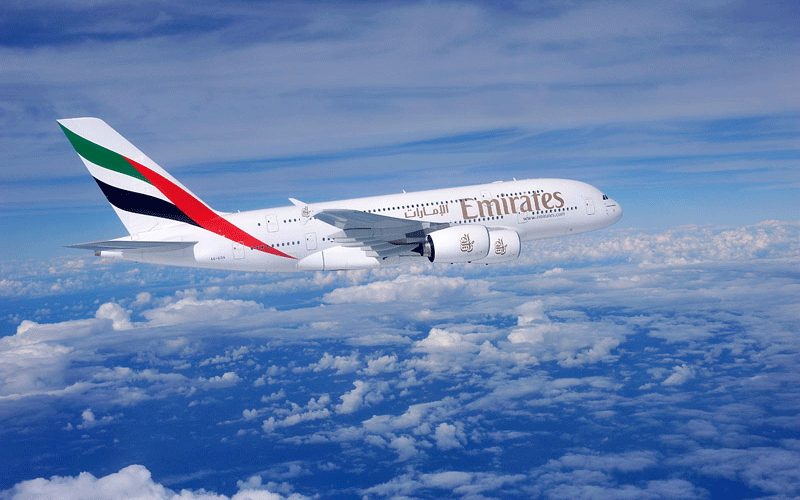
IT WAS some 84 years ago in 1933 that America’s Boeing Aircraft Company launched a revolutionary new passenger plane it called the Boeing 247, an extraordinary machine of all-metal construction rather than the traditional canvas stretched over wood, twin-engined compared with regular single-engined, and landing gear that could be wound back into the aircraft’s body to give it greater speed in flight.
And, struth, it would be able to fly between New York and Los Angeles in just twenty-hours with seven stops along the way, saving over seven hours on-then flying times.
So revolutionary was it, in fact, that a Boeing executive proudly proclaimed to the press after its first flight: “And it did so carrying ten passengers – there will never be a bigger plane built.”
We wonder what that exec would say if confronted today by a gargantuan Airbus A380 of someone like Emirates Airlines that can carry 500 or more passengers for up to 15,000 kilometres – or Auckland to Abu Dhabi – in just over 17-hours… and non-stop?
Emirates is the world’s biggest operator of the A380, with some 97 currently in service and orders for a further 40 more at US$437m each (AU$555m.)
With over a dozen world airlines flying the double-decker aircraft between something like 120 destinations world-wide, it means there’s an A380 landing or taking-off somewhere in the world every two minutes.
And according to the maker, somewhere around 190,000,000 people have flown in an A380 since its first flight in April 2005.





































